2023 SLU Summit for Water: Water Research to Build Community Resilience
 Thank you for joining us for the fourth annual Saint Louis University Summit for Water
on May 1-2, 2023!
Thank you for joining us for the fourth annual Saint Louis University Summit for Water
on May 1-2, 2023!
2023 Summit Highlights
Read more about the in-person experience of the 2023 SLU Summit for Water: 2023 SLU Summit for Water Focuses on Translating Research into Real-World Community Impact
Watch the recordings of the virtual research presentations from the 2023 SLU Summit for Water: Research Presentation Recordings
We look forward to seeing you at the 2024 SLU Summit for Water. Details will be coming soon!
2023 Schedule
Monday, May 1, 2023 - In-Person Only
Busch Student Center, 20 N. Grand Blvd, St. Louis, MO 63103
Additional location details, including parking information, will be emailed to registered
attendees the week before the event.
Please find the schedule outlined below. Details will be added leading up to the event.
Location: Busch Student Center Main Floor
Registration opens for the in-person summit. Coffee will be available to attendees.
Location: Busch Student Center Wool Ballrooms, Rooms 171-173
Amanda Cox, Ph.D., P.E., director of the WATER Institute, will welcome attendees and share key announcements.
David Suwalsky, S.J., Ph.D., vice president of mission and identity for Saint Louis University, will provide the opening address to kick off the 2023 SLU Summit for Water.
Choose from one of the following sessions featuring leaders of partner environmental organizations and WATER Institute researchers co-presenting on current issues and collaborative projects:
Breakout Session 1
The Impact of Industrial Livestock Farming on Groundwater Quality in Rural Missouri
Location: Busch Student Center St. Louis Room, Room 300
Summary: Thousands of Missouri residents, particularly those living in rural areas, rely on groundwater for their daily needs. Concentrated Animal Feeding Operations (CAFOs), which raise livestock such as chickens or pigs on an industrial scale, can pose a significant threat to groundwater quality. In light of this, Missouri Coalition for the Environment and the WATER Institute formed a partnership to provide free well water testing to residents living in areas nearby CAFOs.
Presenters:
Sofie Liang, M.Sc., laboratory technician, WATER Institute, Saint Louis University
Melissa Vatterott, J.D., policy director, Missouri Coalition for the Environment
Jaelithe Virgin-Downey, policy coordinator, Missouri Coalition for the Environment
Breakout Session 2
Shoal Creek Watershed Conservation and Restoration: Collaborative Research & Implementation
Location: Busch Student Center Wool Ballrooms, Rooms 171-173
Summary: Non-point source water pollution (NPS), from a wide range of sources including nutrient runoff from outdated agricultural practices and livestock waste, failing septic systems, and urban stormwater runoff, is the leading cause of water pollution in the United States. The WATER Institute is working with scientists and policy experts from a consortium of nonprofit environmental groups including The Nature Conservancy, Land Learning Foundation, and the Midwest Waters Initiative to address NPS challenges by restoring and conserving streambanks and wetlands in the Shoal Creek/Spring River Watershed in southwest Missouri and eastern Kansas and Oklahoma.
Presenters:
Alejandra Botero-Acosta, Ph.D., research scientist, WATER Institute, Saint Louis University
Eric Dannenmaier, J.D., Ph.D., conservation counsel, Midwest Waters Initiative
Katie Wiesehan, M.Sc., deputy director and biologist, Land Learning Foundation
These Research to Impact Breakout Sessions are sponsored by Digital Science.
Location: Busch Student Center Wool Ballrooms, Rooms 171-173, and Busch Student Center St. Louis Room, Room 300
Enjoy coffee or hot tea and network with fellow attendees between sessions.
This coffee break is sponsored by Donald Danforth Plant Science Center and Shimadzu Scientific Instruments.
Choose from one of the following sessions featuring leaders of partner environmental organizations and WATER Institute researchers co-presenting on current issues and collaborative projects:
Breakout Session 3
Plastic Pollution: From Research to Community Action
Location: Busch Student Center St. Louis Room, Room 300
Summary: This session will discuss how academic research on plastic pollution reaches and is used by communities. Presenters will give an overview of current research concerning plastics in the environment, discuss citizen science and community cleanup initiatives, and explore how partnerships can be strengthened. The session will close with audience questions and discussion.
Presenters:
Elizabeth Hasenmueller, Ph.D., associate director, WATER Institute, Saint Louis University
Jennifer Wendt, LEED Green Associate, plastic waste reduction campaign manager, Mississippi
River Cities and Towns Initiative
Natalie Hernandez, Ph.D. candidate and diversity Fellow, Saint Louis University
Breakout Session 4
Turning Floods into Fountains: Improving Resiliency in De Soto, MO
Location: Busch Student Center Wool Ballrooms, Rooms 171-173
Summary: De Soto, Missouri, is subject to the occasional flash flooding of Joachim Creek, which threatens both people and property. Broad collaborations between citizens, scientists, nongovernmental and governmental organizations have led to actions and plans to improve community flood resiliency.
Presenters:
Dan Hanes, Ph.D., professor, Saint Louis University
Susan Liley, co-founder, Citizens' Committee for Flood Relief
Robert M. Lewis, FAICP, CEcD, director, SLU Community Planning Lab
John Hoal, Ph.D., professor of architecture and urban design, and principal, H3 Studio
Location: Busch Student Center St. Louis Room, Room 300
Summary: Join an interactive workshop to learn about community-engaged research and learn about tools you can apply in your own work to more effectively work across sectors for greater impact.
Facilitators:
Amber Johnson, executive director, The Institute for Healing Justice & Equity
Kira Banks, co-founder, The Institute for Healing Justice & Equity
Caran Hanks, consultant with the RedBud Foundation
Sunni Hutton, M.Ed, program administrator for Redbud, co-founder of Homes for All
St. Louis, director of Blackrock Consulting
Tim Huffman, Ph.D., associate professor of communication, Saint Louis University
This workshop is sponsored by The Institute for Healing Justice & Equity and The Justice Fleet.
Location: Busch Student Center Wool Ballrooms, Rooms 171-173
Summary: Industry plays a critical role in contributing to resilience throughout the region and globe. Experts from Saint Louis University will share tools that companies can employ to improve their practices in environmental planning, sustainability, and water resiliency. There will be time at the end for audience questions for the panel.
Moderator:
Anthony Sardella, Water Industry Outreach Collaborative
Panelists:
Vasit Sagan, Ph.D., Acting Director, Taylor Geospatial Institute;
Associate Professor, Department of Earth and Atmospheric Sciences, Saint Louis University
Amanda Cox, Ph.D., P.E., director, SLU WATER Institute
Jason Knouft, Ph.D., primary investigator, WATER Institute; professor, Biology, College
of Arts and Sciences, Saint Louis University; scientist, large river ecologist, National
Great Rivers Research and Education Center
Sarah L. Coffin, Ph.D., AICP, Associate Professor, School of Science and Engineering
This panel is sponsored by the Water Industry Outreach Collaborative.
Location: Busch Student Center Wool Ballrooms, Rooms 170-173
Complimentary boxed lunches and soft drinks will be provided to in-person attendees.
Lunch is sponsored by Culligan.
Location: Busch Student Center Wool Ballrooms, Rooms 171-173
Summary: Leaders from the St. Louis region will share their experiences working to address environmental injustices, highlighting key issues and sharing moments of progress toward resilience.
Panelists:
Karen Nickel, co-founder, Just Moms STL
Dawn Chapman, co-founder, Just Moms STL
Nicole Nelson, J.D., co-founder and executive director, Equity Legal Services, Inc.
Patricia Schuba, B.S. Biology, president of Labadie Environmental Organization (LEO),
Labadie, Missouri, and Missouri Sierra Club Legislative Committee
The plenary panel is sponsored by the SLU Division for Diversity and Innovative Community Engagement.
Location: Busch Student Center Wool Ballrooms, Rooms 171-173
Rochelle Smith, Vice President of the Saint Louis University Division for Diversity and Innovative Community Engagement, will share remarks on community resilience while welcoming keynote speaker Dr. Mona Hanna-Attisha and introducing the moderator, Commissioner Susan Armstrong, PE, CSP.
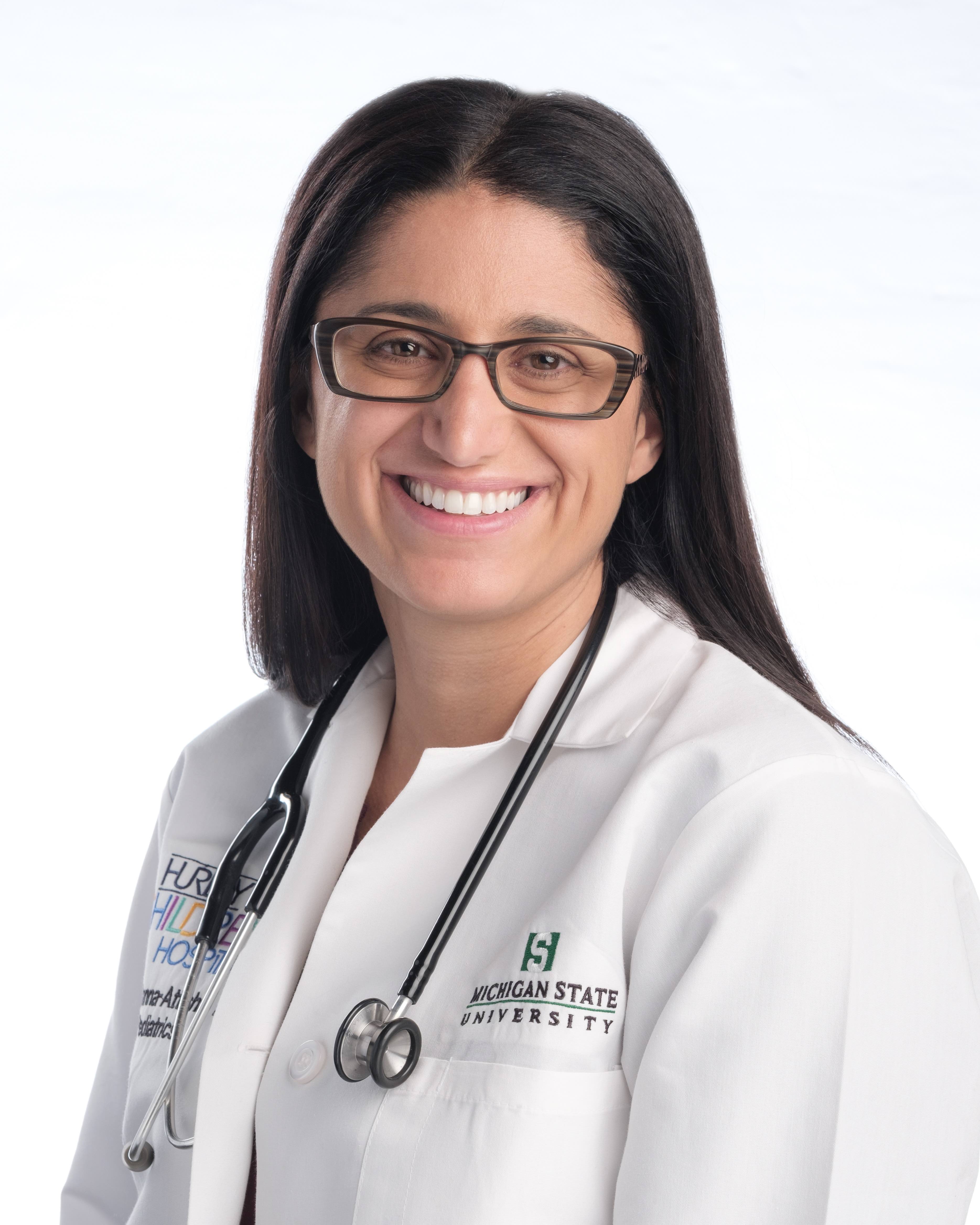 Location: Busch Student Center Wool Ballrooms, Rooms 171-173
Location: Busch Student Center Wool Ballrooms, Rooms 171-173
This year's summit will feature a conversation with Dr. Mona Hanna-Attisha. Dr. Hanna-Attisha is the crusading pediatrician who first researched and revealed the lead in the blood of Flint, Michigan's children. She has been recognized worldwide for her role in uncovering the Flint water crisis and leading recovery efforts.
Dr. Hanna-Attisha will be interviewed by Susan Armstrong, PE, CSP. Susan Armstrong works nationally & internationally in health, safety & environmental engineering, managing projects which protect workers and the environment. She serves as Commissioner for Missouri's Safe Drinking Water Commission, and also owns and operates a sustainable spring water bottling company with reusable glass bottles.
Learn More About Dr. Hanna-Attisha
The keynote event is sponsored by the Saint Louis University Office of the Provost, the Department of Earth and Atmospheric Science and the Division of Mission and Identity.
Location: Busch Student Center Wool Ballrooms, Rooms 171-173
Ken Olliff, Saint Louis University Vice President for Research and Partnerships and Director of the Saint Louis University Research Institute, and Amanda Cox, Ph.D., P.E. director of the WATER Institute, will provide concluding remarks to close the summit's first day.
Location: Interdisciplinary Science and Engineering Building, Atrium (First Floor Entrance) and WATER Institute Research Labs (Lower Level)
Attendees are invited to a networking reception in the new Interdisciplinary Science and Engineering Building for light appetizers, wine, beer and non-alcoholic beverages. The WATER Institute research labs will also be opened and hosted by graduate researchers for attendees to visit the facilities in an open house-style format.
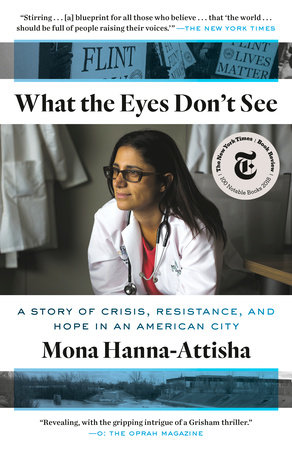
Dr. Mona Hanna-Attisha will also be available from 4:30 - 5:30 p.m. to sign copies of her book, What the Eyes Don’t See: A Story of Crisis, Resistance, and Hope in an American City. Attendees may purchase the book ahead of time from their favorite bookseller to bring to the summit for Dr. Hanna-Attisha to sign. The SLU Bookstore will also be on site with copies for sale.
Thanks to generous sponsorship from the SLU Doerr Center for Social Justice, the first 75 current students to register for the summit and check in at the registration and check-in table by 3 p.m. will receive a free copy of the book. Any copies of the book that are not claimed by 3 p.m. will be redistributed at the Summit Reception in the ISE Building Atrium at 4:30 p.m. to students who attended the keynote event. More details will be emailed to registered students.
The reception and book signing are sponsored by the Saint Louis University Doerr Center for Social Justice.
Tuesday, May 2, 2023 - Virtual Only
Zoom Webinar
If you have already registered and have not received the event link, please email water@slu.edu at your earliest convenience.
Amanda Cox, Ph.D., P.E., director of the WATER Institute, will welcome attendees and introduce the WATER Institute.
Rachel Rimmerman, director of business and outreach for the WATER Institute, will share key announcements and introduce the presenters.
Binbin Wang, Ph.D.
Postdoctoral Fellow
WATER Institute and Department of Biology, Saint Louis University
National Great Rivers Research and Education Center
Nutrient limitation of algae by nitrogen and phosphorus is widespread in aquatic environments. Excessive availability of these limiting nutrients, mostly caused by releasement from anthropogenic activities is a key trigger of algal blooms. Recent studies found that microorganic micronutrients like vitamins can also limit the growth of algae. Therefore, the variation in the availability of vitamins can have a potential impact on the occurrence of algal blooms. My presentation will discuss the ecological effect of one of these vitamins, vitamin B1 (thiamine), and the potential ecological impacts of the changing concentration of this vitamin in aquatic environments by human activities.
Basically, thiamine limitation of primary production occurs in both freshwater and marine environments, and the magnitude of the limitation could be comparable to that of nitrogen and phosphorus. Thiamine can also influence the community composition and cell sizes of primary producers, which could have more profundal effects on high trophic levels of the ecosystem through food webs. Thiamine’s precursor HMP, from the degradation and biosynthesis of thiamine, exists in natural waters and shows similar or even higher promoting effects on the growth of some groups of primary producers. Physiochemical features of the stream, like water temperature and light intensity, could have a potential effect on the relative amount of thiamine and its precursor by influencing the activities of thiamine autotrophs and auxotrophs, and the degradation of thiamine.
Jean Potvin, Ph.D.
Professor, Department of Physics
Saint Louis University
Baleen whales such as the right whale (Eubalaena spp.) and bowhead whale (Balaena mysticetus) are 10-to-20-meter-long cetaceans that use baleen instead of teeth to capture, retain and ingest planktonic organisms such as the 0.5-to-15-millimeter-long copepods. These whales collect prey in bulk by slowly swimming with their mouth open through a large patch of prey, all the while continuously and intraorally separating the prey from its seawater matrix via the use of crossflow filtration past the baleen racks (CFF; also known as tangential flow filtration). With microplastics typically sized at 5 millimeters or less, filtration systems inspired by the balaenid CFF oral apparatus present interesting solutions to the microplastics removal problem. CFF is a filtration mode in which the particulate-laden water isn’t forced to pass through a membrane as in “dead-end” filtration, but past it. By design, CFF can process greater quantities of a dirty mixture without the frequent filter cleaning or replacement associated with the familiar dead-end filters found in coffee makers or kitchen strainers. Because of their greater efficiency, crossflow filters based on perforated two-dimensional filtration surfaces have been used in many industrial and bio-medical applications, including winemaking and protein purification. This presentation will summarize the latest scientific discoveries on the morphology and hydrodynamics of the balaenid filter, as well as present the salient features of an emerging SLU-based research program aimed at designing and testing novel three-dimensional and bio-inspired filtration technologies for environmental cleanup and water treatment.
Christiane Hoppe-Jones, Ph.D.
Senior Scientist, American Water
Associated Investigator, SLU WATER Institute
Jason Knouft, Ph.D.
Professor, Biology, SLU College of Arts and Sciences
Primary Investigator, SLU WATER Institute
Scientist, Large River Ecologist, National Great Rivers Research and Education Center
Former Jefferson Science Fellow, U.S. Department of State, Climate and Water Analyst
Carly Finegan
Ph.D. Student and WATER Institute Graduate Research Fellow
Saint Louis University
Collaborating Author: Elizabeth A. Hasenmueller, Ph.D.
Salt is commonly used as a deicing agent to improve roadway safety during the winter, but excessive applications can impact ecosystem health through inputs of salt-associated pollutants to watersheds. The movement of road salt contamination through watersheds may be impacted by the geologic setting, but few studies have compared how geology influences contaminant transport and retention. Thus, we address this research gap by comparing two urban streams near St. Louis, Missouri, with different rock types. Our study includes bimonthly samples to capture variability across each watershed and weekly samples at the catchment outlets to determine short-term responses. All samples were analyzed for geochemical signatures indicative of water-rock interactions and road salt pollution. Our results show that geology impacts road salt transport and retention, with some rock types retaining road salt pollutants longer than others. These findings have important implications for managing contamination across watersheds with diverse characteristics. Our research can inform stakeholders on best management practices based on watershed geology.
Please enjoy an opportunity to step away from your computer and grab some lunch!
Benjamin de Foy, Ph.D.
Professor, Department of Earth and Atmospheric Sciences
School for Science and Engineering
Saint Louis University
Even though methane concentrations have contributed an estimated 23% of climate forcing, part of the recent increases in the global methane background concentrations remain unexplained. Satellite remote sensing has been used extensively to constrain emission inventories, for example with the TROPOspheric Monitoring Instrument (TROPOMI), which has been measuring methane since November 2017. We have identified enhancements of methane over 61 urban areas around the world and estimate their emissions using a two-dimensional Gaussian model. We show that methane emissions from urban areas may be underestimated by a factor of 3 to 4 in the EDGAR greenhouse-gas emission inventory. Scaling our results to the 385 urban areas with more than 2 million inhabitants suggests that they could account for up to 22% of global methane emissions. We further show that emissions of methane per capita are a function of untreated wastewater rates, varying from 33 kg per person per year for cities with zero untreated wastewater to 138 kg per person per year for cities with the most untreated wastewater. We estimate that reducing discharges of untreated wastewater could reduce global methane emissions by up to 5 to 10% while at the same time yielding significant ecological and human co-benefits.
Liz Hasenmueller, Ph.D.
Associate Director, WATER Institute
Associate Professor, Earth and Atmospheric Sciences
School for Science and Engineering
Saint Louis University
Agricultural land use is essential for food production, but intensively managed landscapes can considerably alter the "critical zone," which is the thin, life-supporting layer of Earth’s surface from the tops of the trees to the bottom of the groundwater. Excess inputs of nutrients from chemical fertilizers and manures used in agriculture that enter aquatic environments can trigger algal blooms, which can have severe impacts on humans and ecosystems. Successful management of nutrient pollution requires understanding river systems, which transport excess nutrients to the ocean but can also sequester or transform them in the water column, channel bed sediments, floodplains or reservoirs. We investigated the role of reservoirs in controlling water quality in agricultural critical zones and found that reservoir-bed sediments can act as both nutrient sinks or sources for rivers. A long‐term nutrient mass balance for an Illinois reservoir showed that sediment processes consistently removed nitrogen pollution from the water column over time. Phosphorus contamination was initially stored in reservoir sediments, but this storage capacity was exhausted and "legacy" phosphorus was subsequently released from the reservoir. Thus, reservoirs in agricultural critical zones can act as a sink for nitrogen but can change from a sink to a source for phosphorus over decadal timescales. Our study showed that agricultural reservoirs could become important sources for nutrient pollution in the future.
Deanna Meyer
WATER Institute Graduate Research Assistant
Masters of Engineering Candidate, Saint Louis University
Reservoirs are vital components of our nation’s water-resources infrastructure; however, many reservoirs across the nation are slowly being filled with sediment, which reduces their effectiveness, increases maintenance costs, and compromises dam safety. The U.S. Army Corps of Engineers (USACE) has developed the Reservoir Sedimentation Information (RSI) database to help evaluate reservoir aggradation trends, life expectancy, and vulnerabilities to climate change. The focus of this study is to develop methods to estimate reservoir sedimentation rates using the RSI data and various supplemental resources. A composite dataset was developed with RSI capacity data from 797 surveys (from 184 total reservoirs) and 29 other geospatial and climate parameters. Nine models for predicting capacity loss were developed from the composite dataset. These models consisted of a multilinear power regression equation (ordinary least squares method), four supervised machine learning algorithms, and four deep neural network (machine learning) algorithms. Of these models, a DNN model, containing a progressively increasing node and layer construction, was deemed the most accurate, with R2 values from its calibration and validation datasets being 0.83 and 0.70, respectively. This best model was recalibrated over the entire dataset, which showed greater predictive capacity loss accuracy for the RSI system, with an R2 of 0.81. This predictive model could be used to evaluate capacity loss of unmonitored reservoirs within the RSI system to identify reservoirs with highest risk of losing functionality.
Presenting Author:
Kevin R. Tucker, Ph.D.
Assistant Professor, Chemistry, Southern Illinois University Edwardsville
Associated Investigator, SLU WATER Institute
Co-Authors:
Cheyenne Copling, Jacob Smith, Jay Nail, Lauren Phan, Claire Korte and Noah Hanratty
Contamination of water supplies can stem from various sources, including agricultural, industrial and domestic activities. Emerging contaminants are a group of compounds that infiltrate freshwater sources and pose a threat to human and environmental health. Such compounds may originate from native species. One such group of emerging contaminants is algal toxins, which are becoming a growing concern worldwide as harmful algal blooms (HABs) continue to contaminate lakes, ponds, rivers and coastal waters due to warming temperatures and increased nutrient loads from farming. HABs have detrimental effects on aquatic life, poisoning shellfish, and causing illness and death in animals and humans.
During field data collection, water samples were taken from 34 sites on Otter Lake near Carlinville, Illinois, including five depth sites, and data on pH, RDO, turbidity, conductivity, and temperature were collected in situ. This study aims to examine the correlation of nutrient data, including nitrate/nitrite, ammonia, TKP, and TKN, with chlorophyll counts. The water samples were filtered, extracted via acid digestion, and quantified through flow injection analysis. The ultimate goal is to combine satellite-geographic information system data with ground data to detect and predict HABs in the future. This report presents the analytical results from 2021 to 2022, along with the statistical analysis that helped reduce the number of analytical variables.
Crystal Bell, M.S.Eng, Saint Louis University, '21
Kar Global, Product Manager
Chlorination is a highly effective means of disinfecting drinking water in areas of the world with decentralized, community-based water systems. Unfortunately, chlorination is often considered a simple treatment technology when, in fact, it involves highly complex chemistry leading to significant difficulties in determining and maintaining the proper chlorine dose. Because natural water quality is highly complex and variable with time and location, guidance or practices suggesting specific generic dosing for chlorination treatment will often result in under- or over-dosing, leading to various problematic outcomes including insufficient disinfection, creation of odiferous di- and tri-chloramine, no chlorine residual at all, or creation of toxic carcinogenic disinfection byproducts. The research explored the impacts of source water quality and chlorine dosing on the treatment effectiveness in controlled experiments. The purpose of this research was to develop experimental evidence to provide insight and guidance to groups and individuals involved in water treatment in rural and peri-urban areas of the world with decentralized, community-based water systems to help facilitate the proper implementation of chlorination in a safe and effective manner.
Natalie Hernandez
Ph.D. Candidate and Diversity Fellow
Saint Louis University
Microplastics are harmful emerging contaminants, found globally in various water sources and typically at higher concentrations near urban environments. Urban flood events further increase their levels in water, likely mobilizing microplastics stored in stream sediment or sourced from urban runoff and rainfall. Our research explores the sourcing, timing, and quantity of microplastics transported by floods within Deer Creek, an urban stream near St. Louis, Missouri. During an October 2022 flood, microplastics increased from 1 to 17 counts/L between low and high flow conditions. Throughout the flood, microplastics correlated with discharge and suspended sediment, suggesting that sediment resuspension might play an important role in flood microplastic transport. The findings from our ongoing characterization of microplastic sourcing will support management efforts to reduce impacts of flood-mobilized microplastics.
Liz Hasenmueller, Ph.D., associate director of the WATER Institute and associate professor of earth and atmospheric sciences, will give remarks to conclude the 2023 SLU Summit for Water.
PDH Certificates
We will offer completion certificates to professional engineers for professional development hours for each session you attend on the day of the event. Based on Missouri guidelines, the panels and the keynote presentations will each earn one hour, and each research presentation will earn 0.5 hour. Please indicate during registration that you would like to receive PDH certificates. After the event, we will verify your attendance and follow up with the certificates in PDF format.
Unfortunately, we cannot provide certificates for those who view the recorded content after the summit.
Sponsors
Thank you to our 2023 SLU Summit for Water sponsors:
Aquifer Advocates


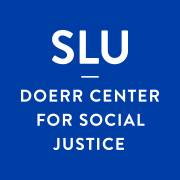
River Channel Champions

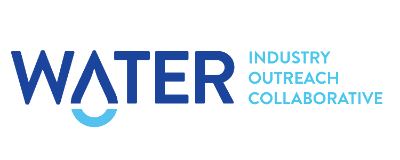

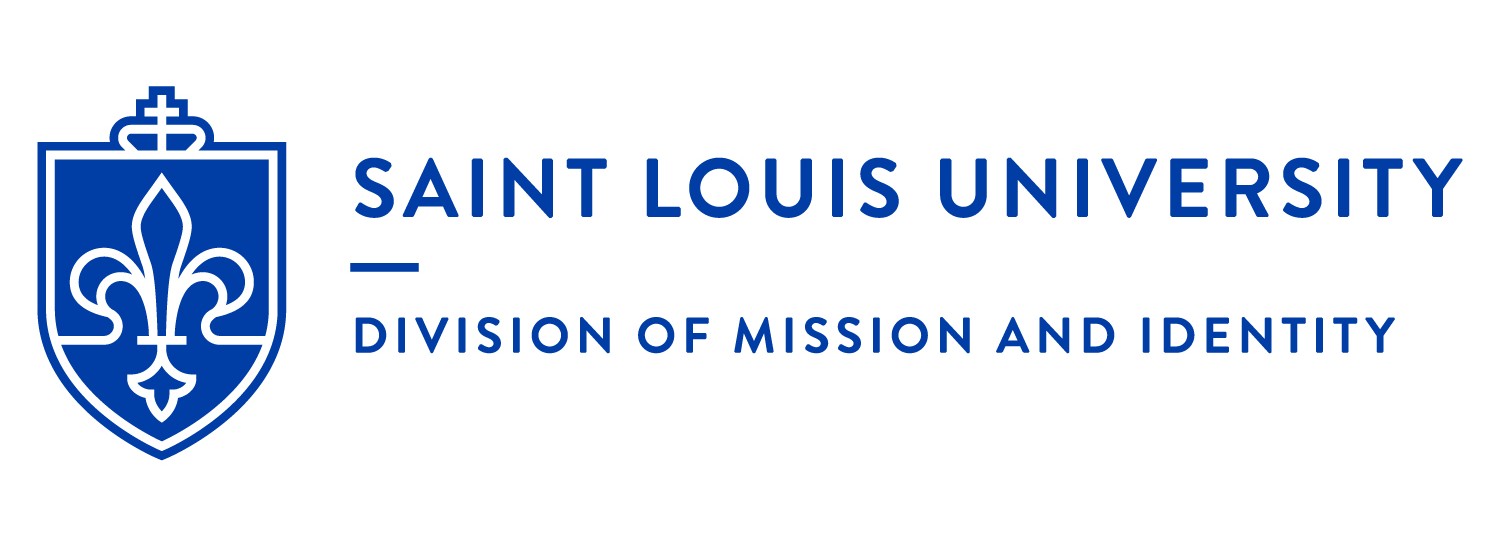
Waterdrop Defenders
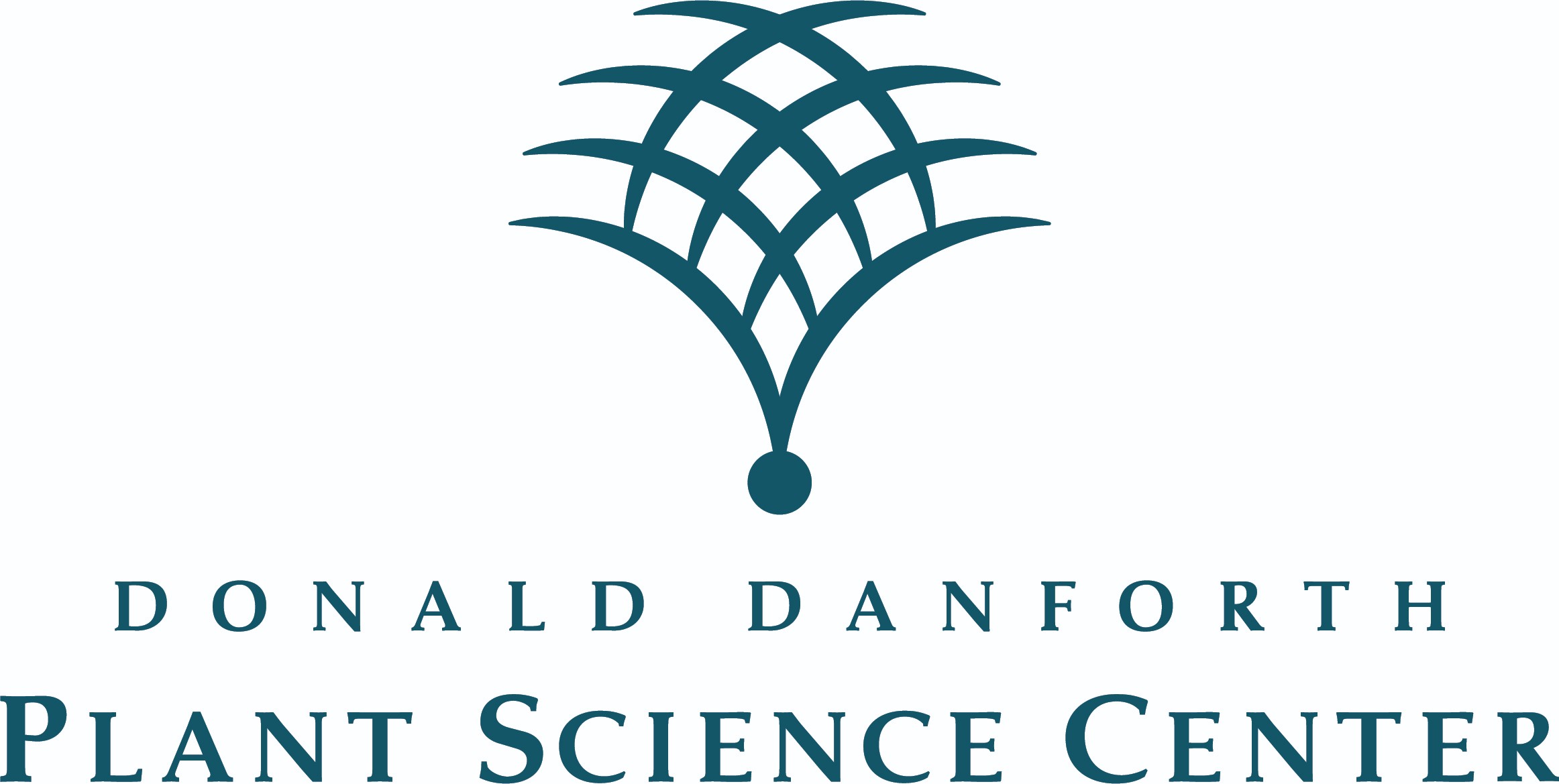

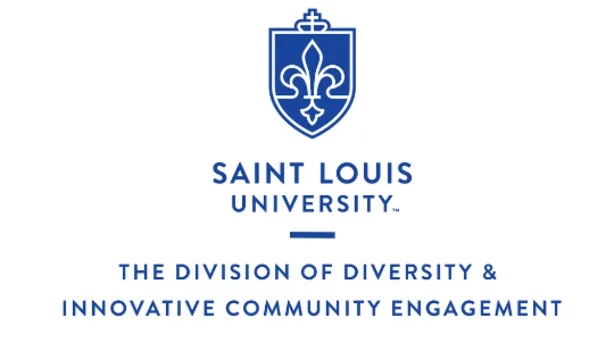


About the WATER Institute
The Water Access, Technology, Environment and Resources (WATER) Institute at Saint Louis University is an interdisciplinary research institute with the mission of advancing water innovation to serve humanity. To learn more, please visit www.slu.edu/water.
Questions?
Please contact Rachel Rimmerman, director of business and outreach, at water@slu.edu or 314-977-8725 with questions or concerns regarding this event.